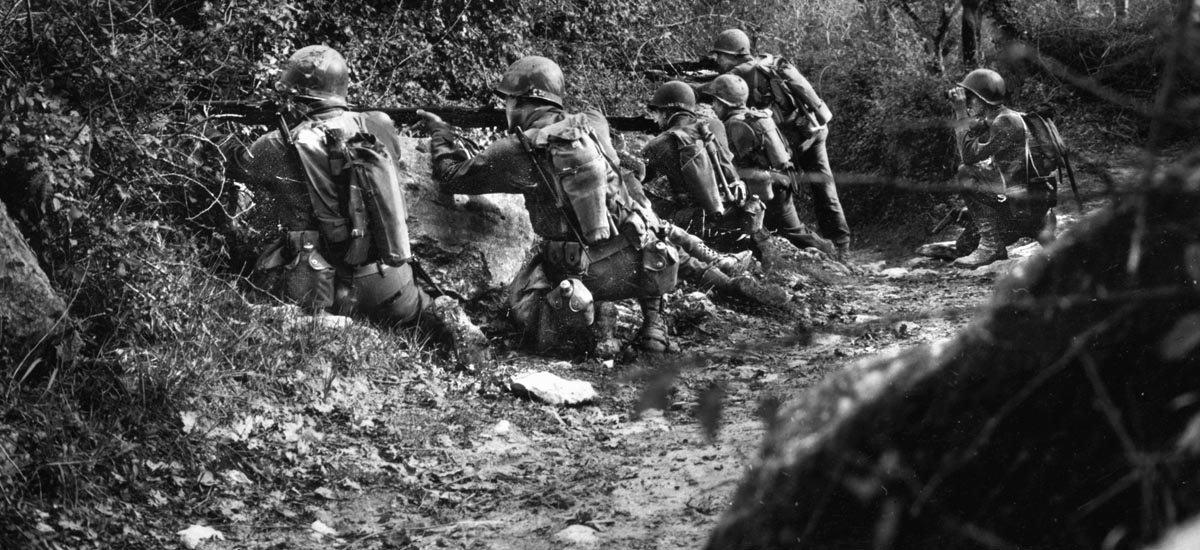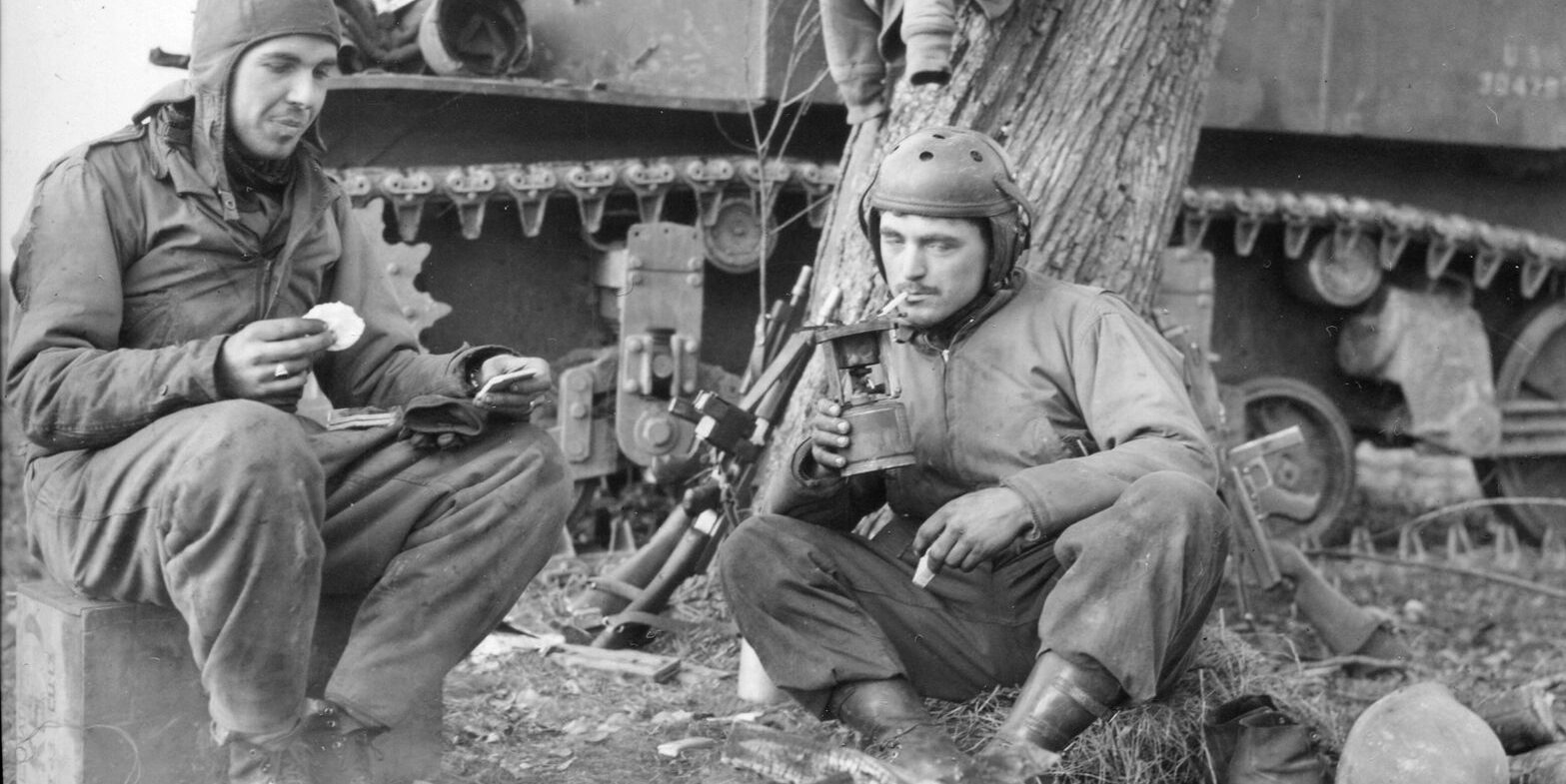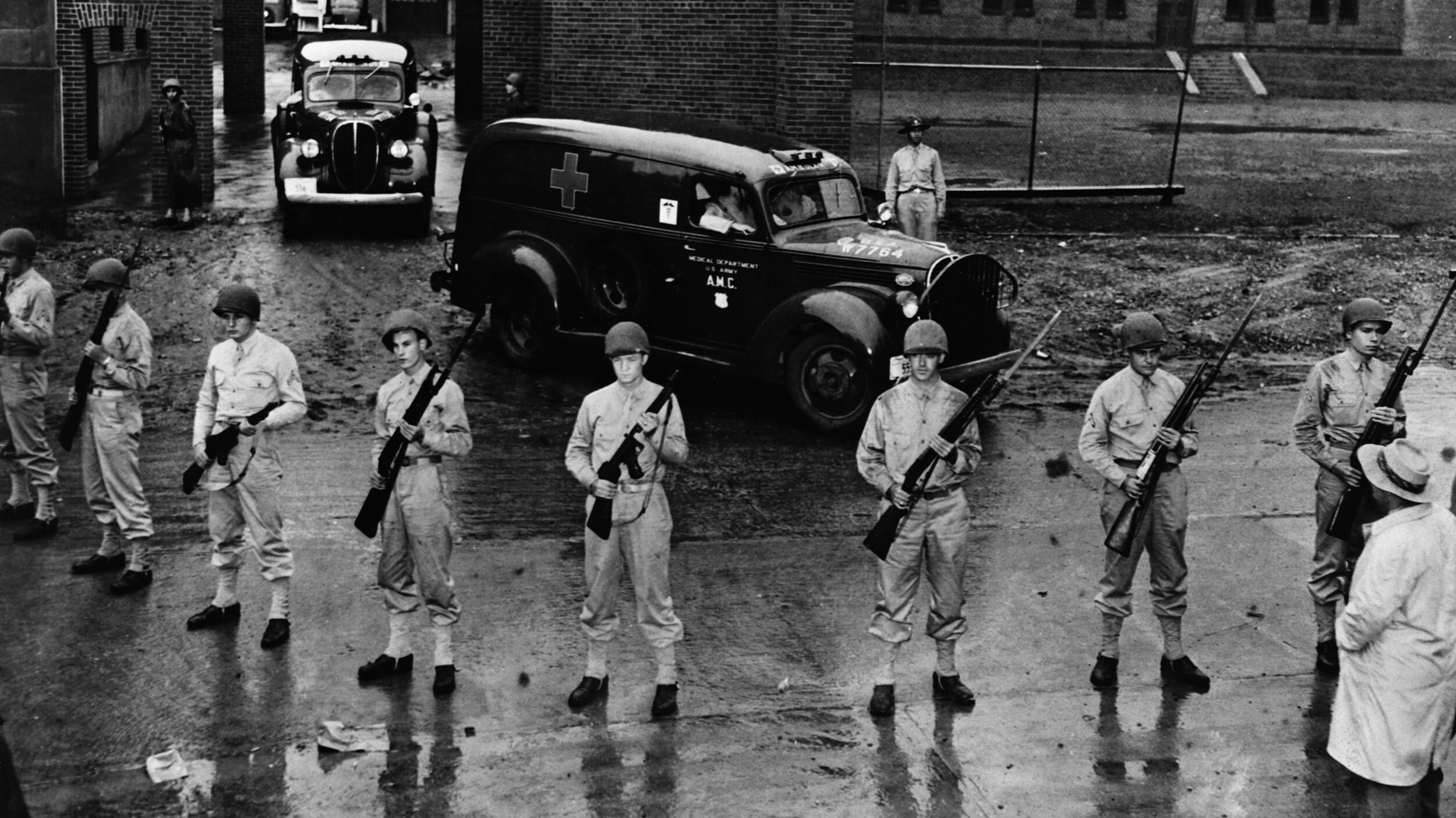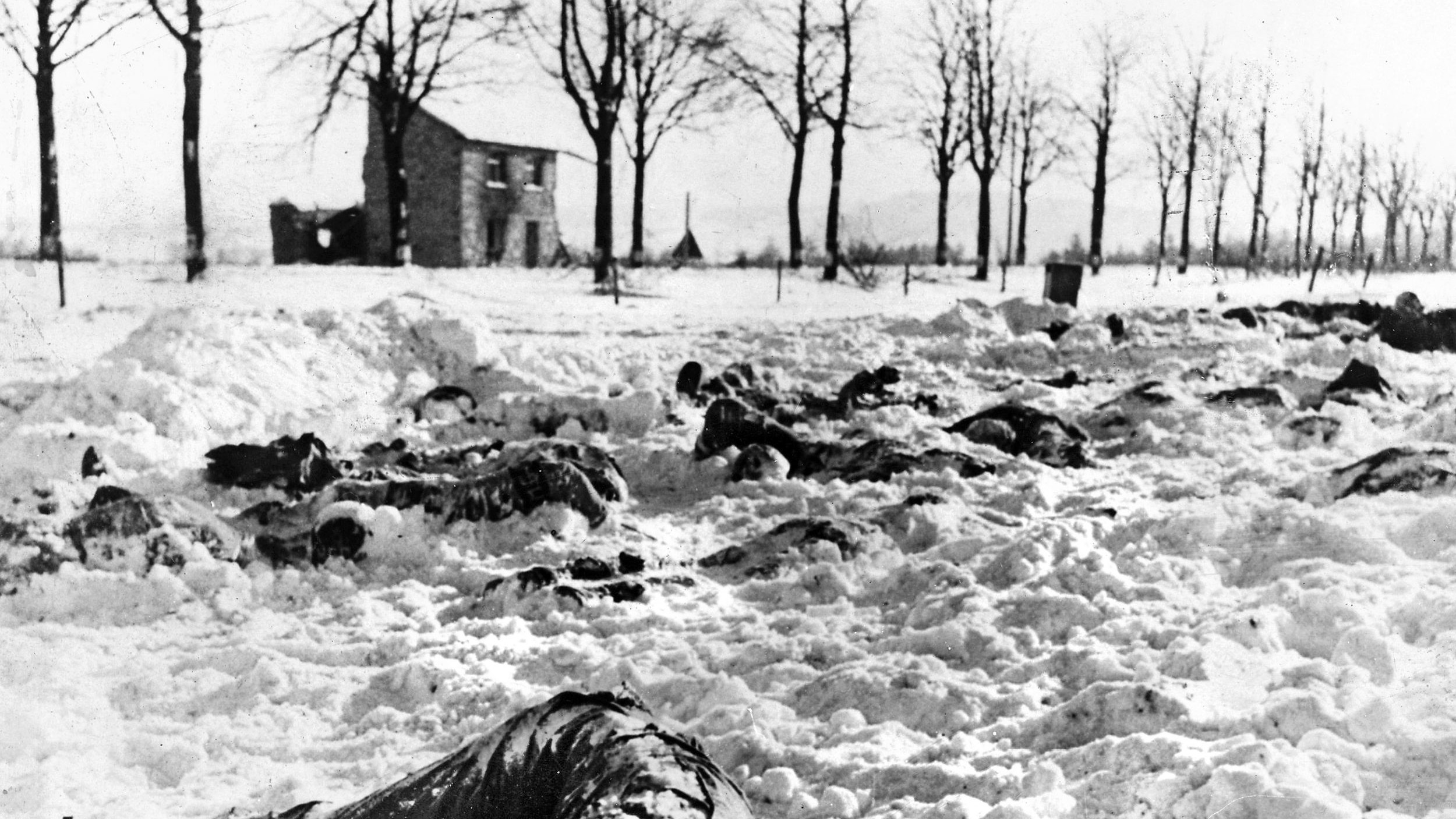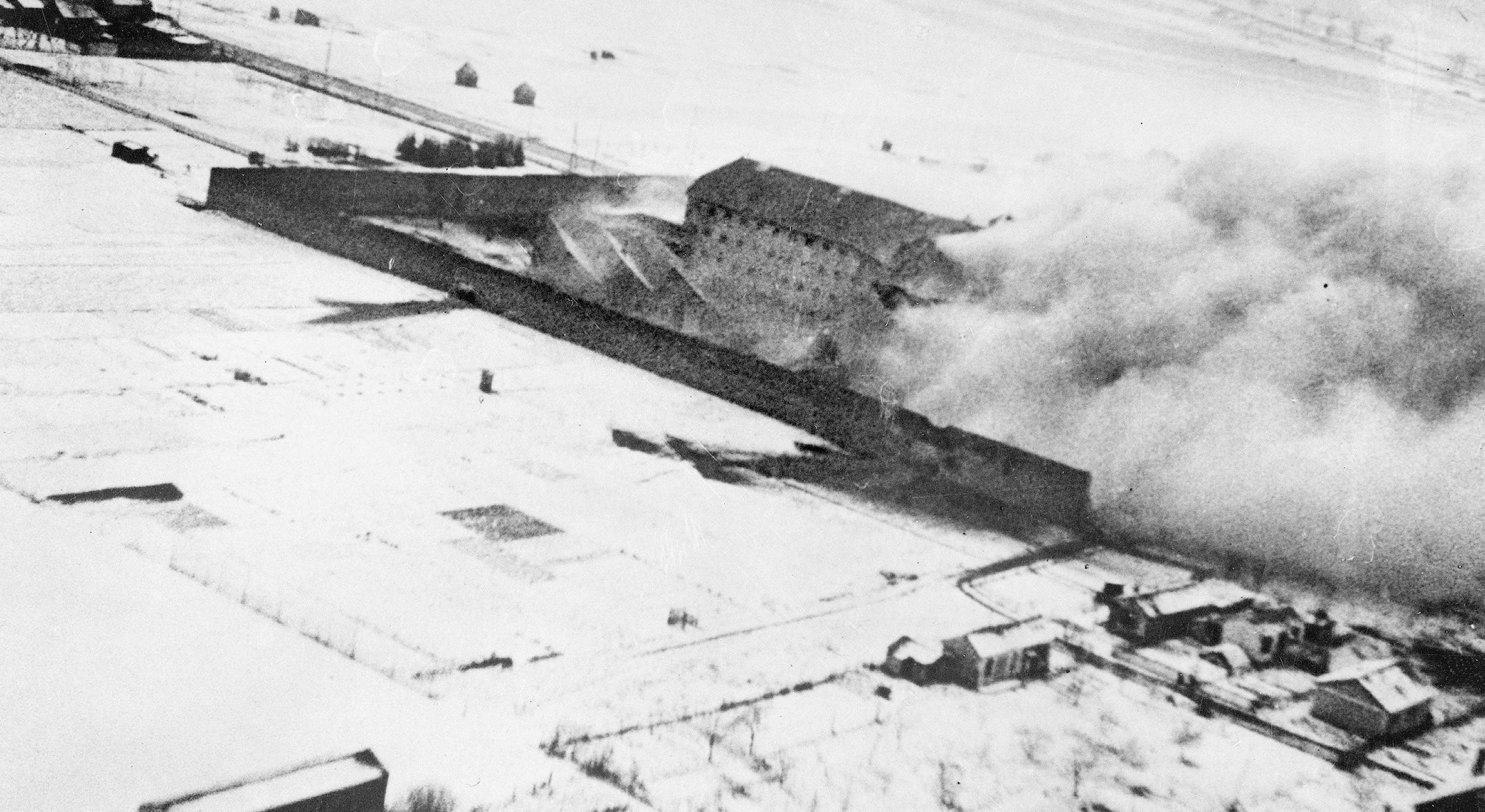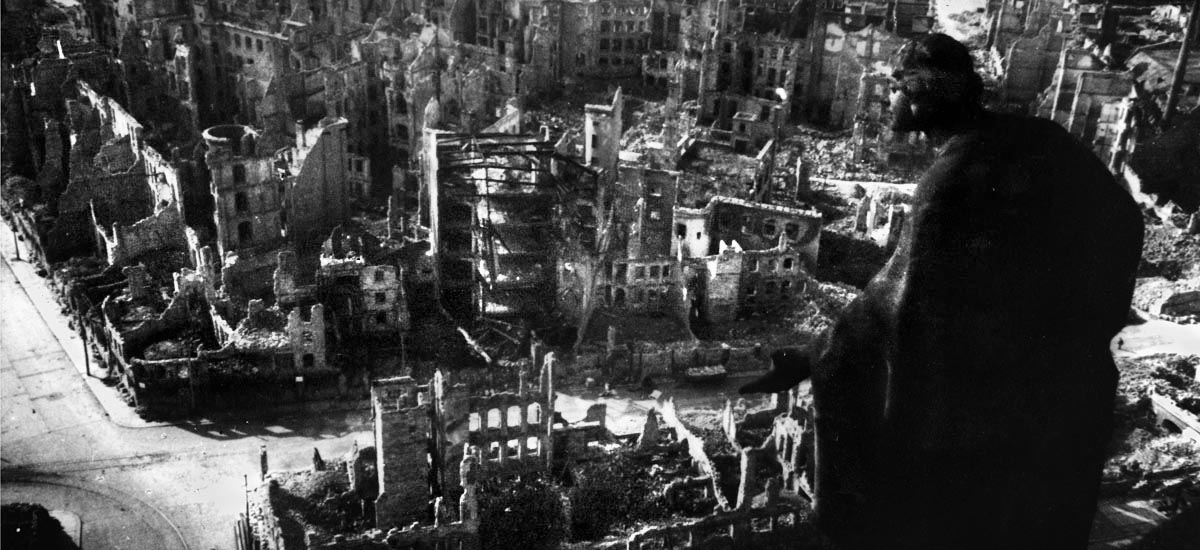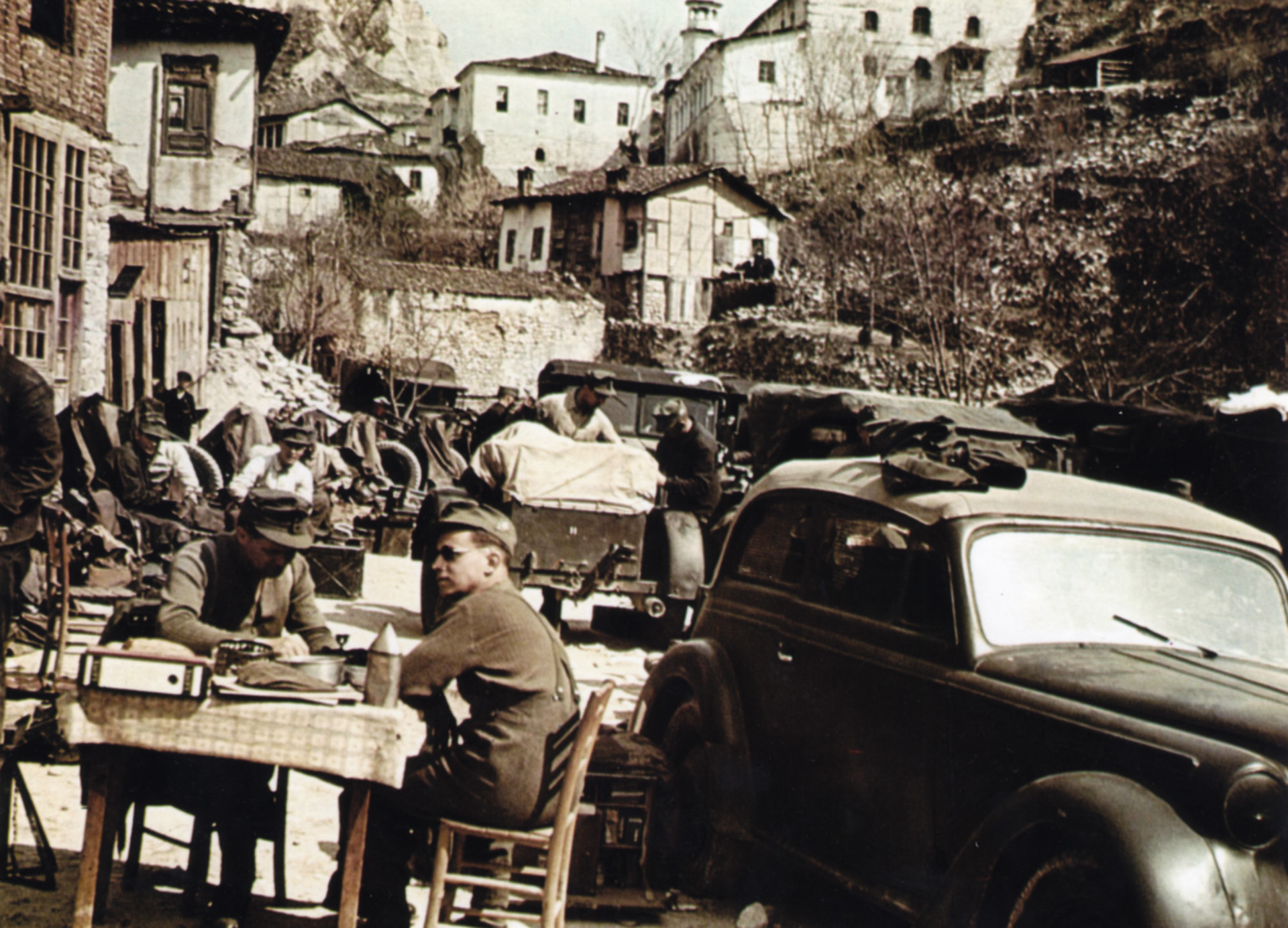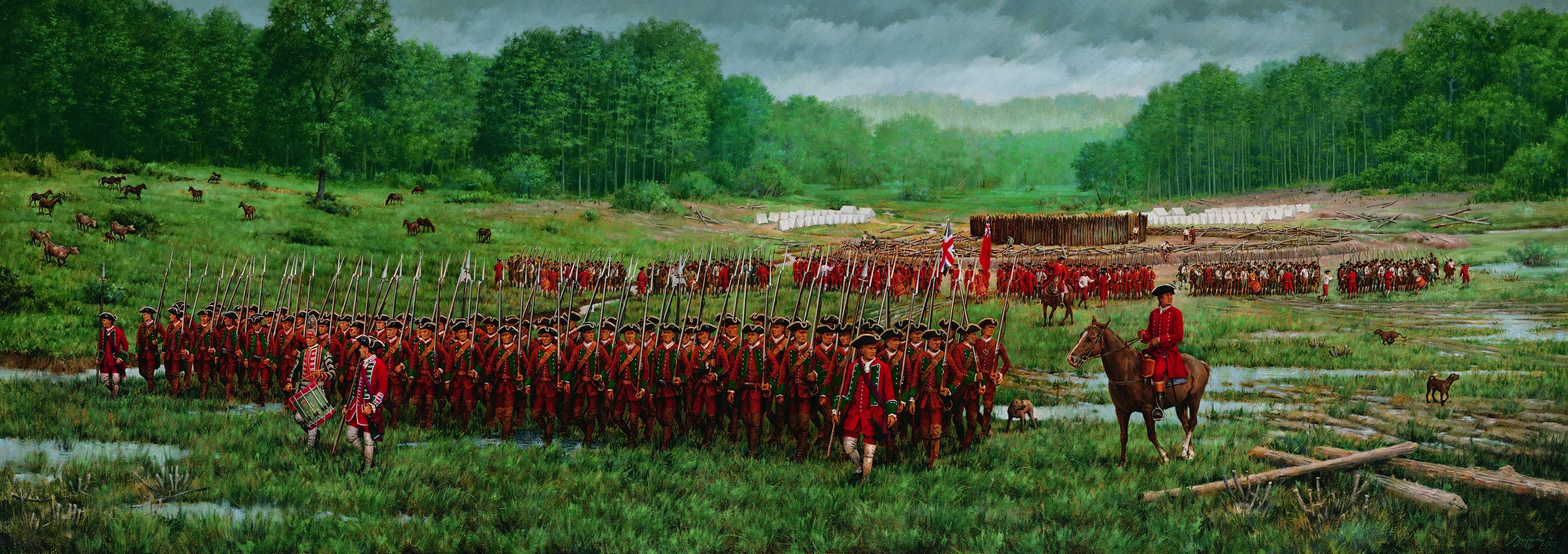By William E. Welsh
On the morning of Friday, February 18, 1944, fresh groups of German panzergrenadiers backed by tanks swept south from their defensive positions at Anzio and overran American forward positions at Aprilia, eight miles north of the landing beaches. Among the American units hardest hit in the German counterattack were the 179th and 180th Infantry Regiments, recently committed from the American reserve. Hundreds of American soldiers surrendered to the Germans when they found themselves surrounded. In the demoralizing aftermath, Maj. Gen. John Lucas, the 45th Infantry Division commander, sent U.S. Army Ranger force commander Lt. Col. William O. Darby to take command of the shattered 179th Infantry.
Darby arrived at the regimental headquarters that afternoon to restore order and, he hoped, the regiment’s morale. When a battalion commander asked if he was going to be relieved for losing his battalion, Darby had a ready response. “Cheer up, son,” he said. “I just lost three of them. But the war must go on.”
Darby was no stranger to the frustration, self-doubt, and heartache felt by the American troops at Anzio. The veteran commander was referring to the major losses suffered by three U.S. Army Ranger battalions, which he had raised and trained, in an ill-conceived attack against entrenched German positions at Anzio on January 30. Darby still had not fully reconciled himself to the devastating event, but he knew that duty required that he persevere.
Two years earlier, in late January 1942, then- Captain Darby had arrived in Belfast, Ireland, with Maj. Gen. Russell Hartle’s U.S. 34th Infantry Division. The 34th Infantry and the 1st Armored Division constituted the U.S. V Corps.
Darby served at the time as Hartle’s aide. The division had sailed to Ireland to train for the pending invasion of Vichy French-controlled North Africa.
Darby was born in 1911 in Fort Smith, Arkansas. Ruggedly handsome with a square jaw, bright blue eyes, and a wide grin, his innate enthusiasm compelled U.S. Representative Otis Wingo to nominate Darby as a second alternative candidate to the U.S. Military Academy at West Point. When the principal and first alternative nominees were unable to attend, Darby filled the void.
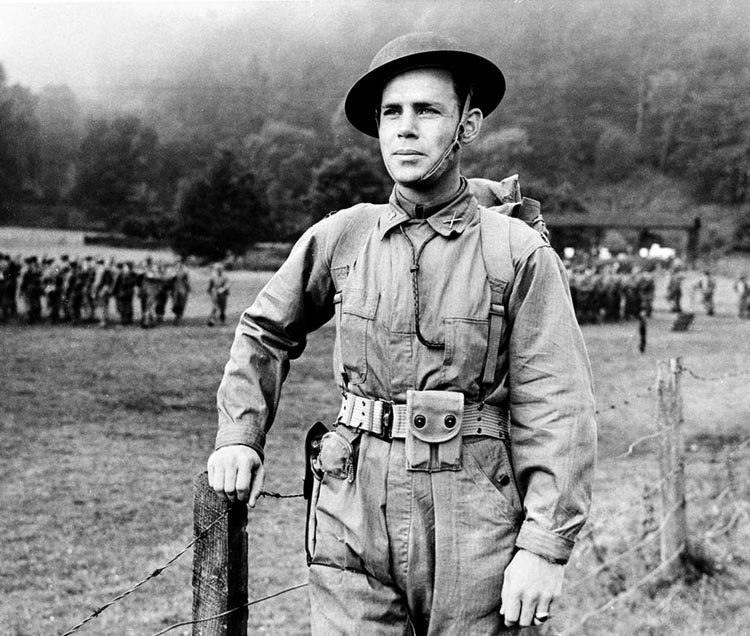
Darby graduated from West Point in 1933 with a commission as a second lieutenant in the artillery. He ranked 177 out of 346. He reported to Fort Bliss, Texas, where he was assigned to the 82nd Field Artillery of the 1st Cavalry Division. After eight years of service in the artillery unit, he was promoted to captain in 1940. On January 15, 1942, he sailed for Belfast with the first elements of the 34th Infantry Division to land in Northern Ireland.
The soldiers of the V Corps who had reached Ireland first had to sit relatively idle while the rest of the division arrived over the next four months. Darby yearned for activity so much that he put in a request for transfer, but it was denied. In the meantime, Army Chief of Staff George C. Marshall issued orders to Colonel Lucian Truscott, one of the most promising officers the infantry division possessed, to arrange for training with the British forces.
Truscott subsequently arranged for Lord Louis Mountbatten, chief of combined operations for the British Commandos, to give a select group of Americans training alongside experienced soldiers. Truscott conceived the idea of a U.S. Ranger force modeled after the British Commandos. When Hartle offered Darby the chance to lead the nascent Ranger force, the Arkansan leaped at the offer.
The U.S. Army planned to initially establish five Ranger battalions for service. Four would serve in the North African and European Theaters and one in the Pacific Theater. More would be raised later if necessary. Each volunteer Army Ranger battalion was to have six 63-man rifle companies led by a captain or lieutenant, in addition to one headquarters company.
The Army promoted Darby to major on June 1. He and a staff officer from V Corps personally interviewed and selected the officers for the new unit. The officers who were selected then visited each unit to interview the enlisted volunteer candidates.
Training for the provisional Ranger battalion took place at Camp Sunnyland in Carrickfergus, Northern Ireland. Almost immediately, a real-life mission developed in which a few of the volunteers would have the chance to get actual combat experience. From the several hundred trainees, Darby sent a small number of officers and enlisted men to train with the British Commandos and 2nd Canadian Division forces slated for a raid within Normandy, France. When the Allied forces arrived at Dieppe on August 19, a dozen of the Rangers landed on the beach while the rest observed from the safety of the fleet. The Germans killed three of the 12 and captured several others.
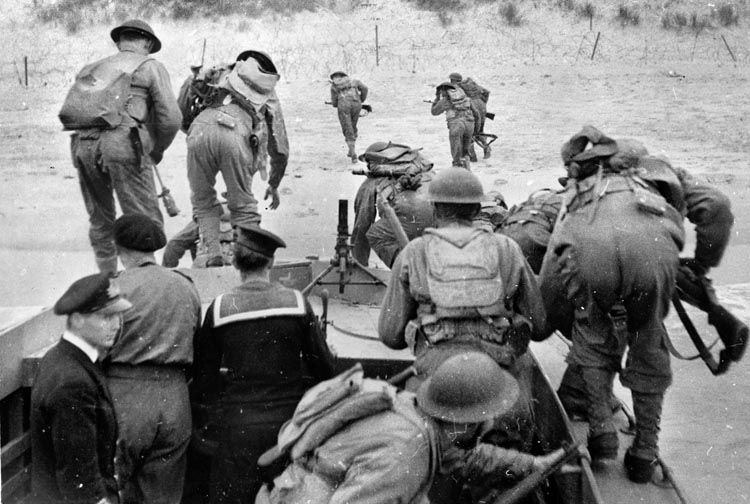
The training at Camp Sunnyland was arduous. It consisted of rapid marches, obstacle courses, and weapons training. The Rangers had to learn to overcome the difficulties and challenges inherent in amphibious landings and nighttime raids.
For their first missions in North Africa, as part of Operation Torch, the U.S. Army Rangers were equipped with weapons associated with both stealth and heavy firepower. Each company initially had four .45-caliber Thompson sub-machine guns. These were to be given to the lead scouts on an operation. In addition, each company had eight Browning Automatic Rifles (BARs). Every Ranger also carried a British Fairbairn–Sykes fighting knife.
Darby decided that the headquarters company would do double duty as the weapons company and that mortars, bazookas, and antitank rifles would be concentrated there. Darby also decided that the company light machine guns would be replaced by additional BARs.
In November 1942, to reduce pressure on Allied forces in Egypt and eventually open a second European front through Italy, the Allies undertook amphibious landings against Vichy- French forces in Morocco and Algeria.
Darby’s Rangers conducted key raids during Operation Torch. The first involved knocking out two forts on November 8, 1942, at the port of Arzew in Algeria to pave the way for regular Army forces. Two Ranger companies silenced the 75mm guns of Fort de la Point, while the other four companies captured a larger installation called Fort du Nord, which mounted four 105mm guns. “Their initial mission was accomplished with great dash and vigor,” said Maj. Gen. Terry Allen, commander of the 1st Infantry Division.
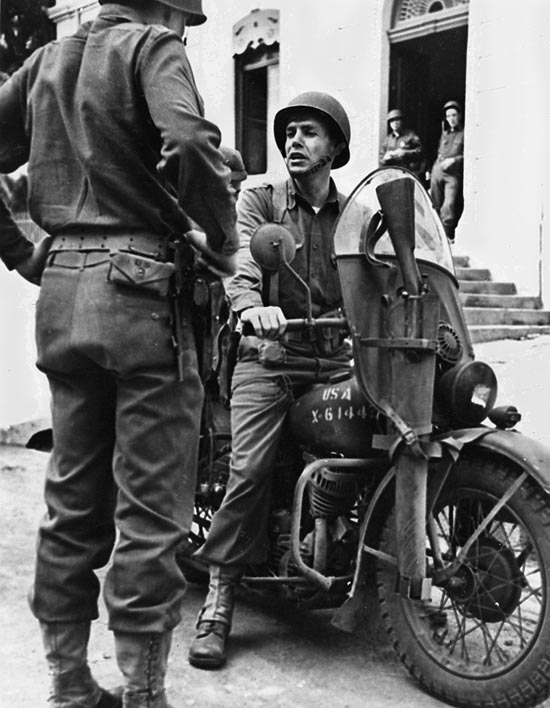
The U.S. Army Rangers also played a pivotal role in the landings at Sicily during Operation Husky in July 1942. Maj. Gen. Terry Allen, commander of the 1st Infantry Division, tasked Darby with leading a battle group known as Force X. In addition to the 1st and 4th Ranger Battalions, Darby’s ad-hoc force included a 4.2-inch chemical mortar company and a battalion of engineers. The attack was scheduled for the predawn hours of July 10.
Force X’s objectives were to seize the high ground, eliminate Italian artillery positions, and help secure nearby airfields for Allied fighter aircraft. The 1st Ranger Battalion, mortar teams, and engineers assaulted the beach in west Gela, while the 4th Ranger Battalion stormed ashore in east Gela. Gela was defended by the Italian 429th Coastal Battalion.
The Ranger companies landed in waves. The men of the 1st and 4th Battalions first had to cut their way through a maze of beach obstacles that included layers of wire and antipersonnel and antitank mines. The 1st Battalion knocked out a number of enemy machine-gun nests and makeshift bunkers in house-to-house fighting. One of their most important objectives was to silence two naval gun batteries positioned on the western outskirts of the city.
In the course of the fighting, the 4th Battalion found itself in a heated firefight with Italians who had barricaded themselves in a schoolhouse. Darby observed the action in which the Rangers cleared the schoolhouse, inflicting 50 casualties on the Italians in the process. For the rest of Operation Husky, the Rangers covered the flank of Army forces advancing on Palermo and stood guard over Axis prisoners. Shortly afterward, the Army promoted Darby to lieutenant colonel.
The U.S. Army Rangers’ next mission occurred during the Salerno landings on mainland Italy, when they secured the Sorrento Peninsula, which divided the Gulfs of Naples and Salerno. U.S. Fifth Army commander General Mark Clark assigned Darby a staff, which allowed him to establish a formal Ranger headquarters. The Rangers established positions for artillery forward observers, secured key mountain passes, and blew up bridges and railroad trestles to thwart German movement. “The terrain was in our favor, and we quickly developed strongpoints, covering the gaps with machine-gun fire,” recalled Darby. He was promoted to full colonel on December 11.
German Field Marshal Albert Kesselring’s brilliant defensive campaign in Italy forced the Allies to undertake another major landing in an effort to outflank the formidable German defenses of the Gustav Line. Clark entrusted Darby’s Rangers with securing the port of Anzio, a mission they successfully accomplished on January 22, 1944. The Allies initially put ashore 50,000 troops, but Kesselring shifted his forces to contain the new threat. The German panzer and motorized troops were backed by heavy artillery on the Alban Hills.
Major General John Lucas, commander of the U.S. VI Corps, planned a two-pronged attack against the Germans at Cisterna for January 30. The weaker right prong of the attack consisted of elements of the 3rd U.S. Division, the 504th Parachute Regiment of the elite 82nd Airborne, and Darby’s three Ranger battalions. Allied planners tasked two battalions of Rangers with infiltrating Cisterna during the night preceding the attack, while the other battalion secured the road leading to the town for American armor.
Moving through a half-dry irrigation ditch, the Rangers stealthily passed by German positions. Loaded down with extra ammunition, the men slogged their way through knee-deep water. When the Rangers emerged from the ditch at the first light of dawn, the Germans opened fire on them from every direction. They fought back fiercely, breaking into small groups as their casualties mounted. The situation worsened when a German panzer column overran them. Those who were not killed outright were forced to surrender.
The 4th Battalion was sent forward to reinforce the 1st and 3rd Battalions, but the Germans mauled it, too. Only 500 of the 1,500-strong Ranger force survived the ordeal. The U.S. infantry units closest to the Army Rangers were pinned down by German machine-gun fire and so were unable to come to their rescue.
Back at U.S. Army Ranger headquarters, Colonel Darby was helpless to prevent the disaster. After informing his superiors of the fate of the Rangers, he asked his staff to leave the room. He then put his head down and sobbed quietly.
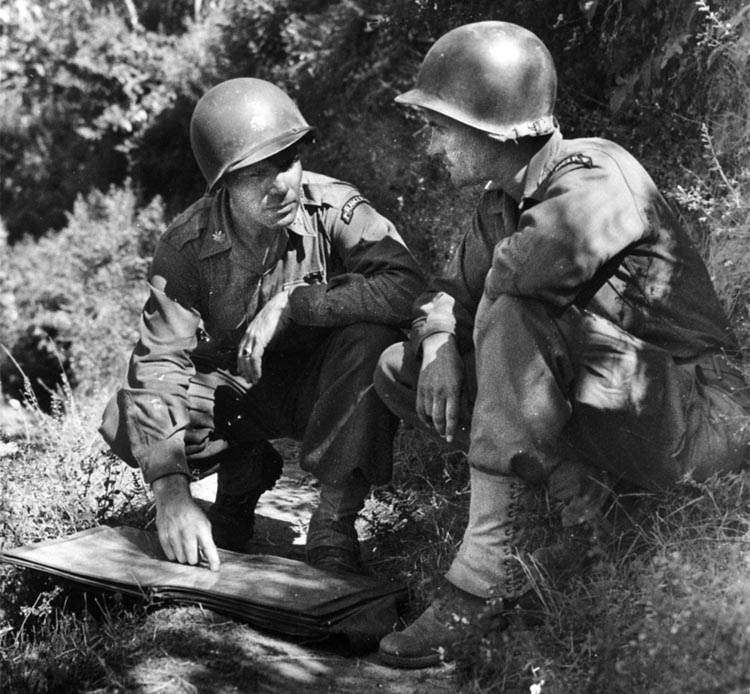
Lucas gave Colonel Darby command of the 179th Infantry Regiment of the U.S. 45th Infantry Division on February 18, and Darby led it through the Rome-Arno campaign. After a return stateside in mid-1944, where Darby served briefly in a desk job at the War Department, the 34-year-old colonel returned to Italy as an assistant commander of the 10th Mountain Division.
On April 23, Darby replaced the wounded assistant division commander of the 10th Mountain Division. He subsequently led a task force that spearheaded the Fifth Army’s breakout from the Po River Valley bridgehead and the pursuit into northern Italy of withdrawing German forces.
It was in that capacity that he was killed on April 30, 1945. On that fateful day, Colonel Darby was issuing orders for an attack on German forces near Trento when he was killed by shrapnel from an artillery shell. Just two days after the incident, all German forces in Italy surrendered. Darby was posthumously promoted to brigadier general on May 15.
Darby’s legacy was synonymous with his Rangers. His West Point obituary sang his praises. “Whether enlisted men or generals, they applauded Darby’s leadership, his insights into men’s hearts, and his desire to have his men trained to the highest pitch,” read the obituary.
An incident on the beach at Sorrento sums up his leadership style. An officer who came ashore needed to find Darby. He asked a number of U.S. Army Rangers if they knew his location. One of them broke into a wide grin when asked the question. “You’ll never find him this far back,” he said.
